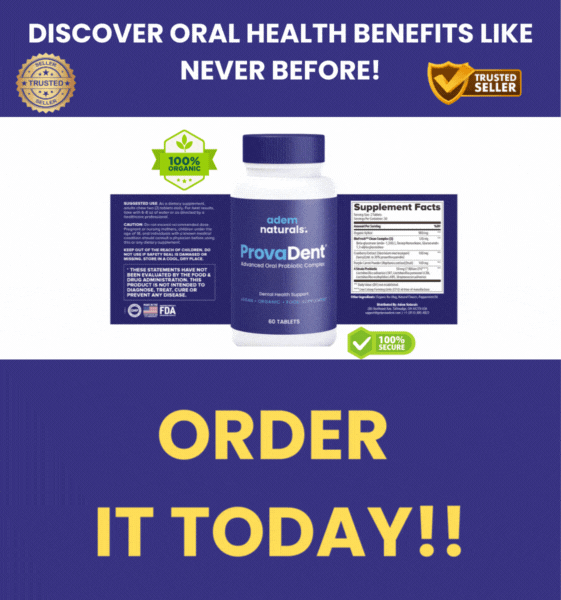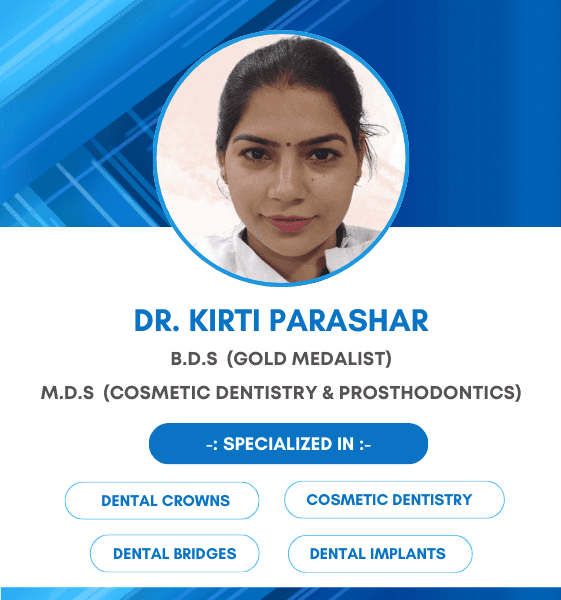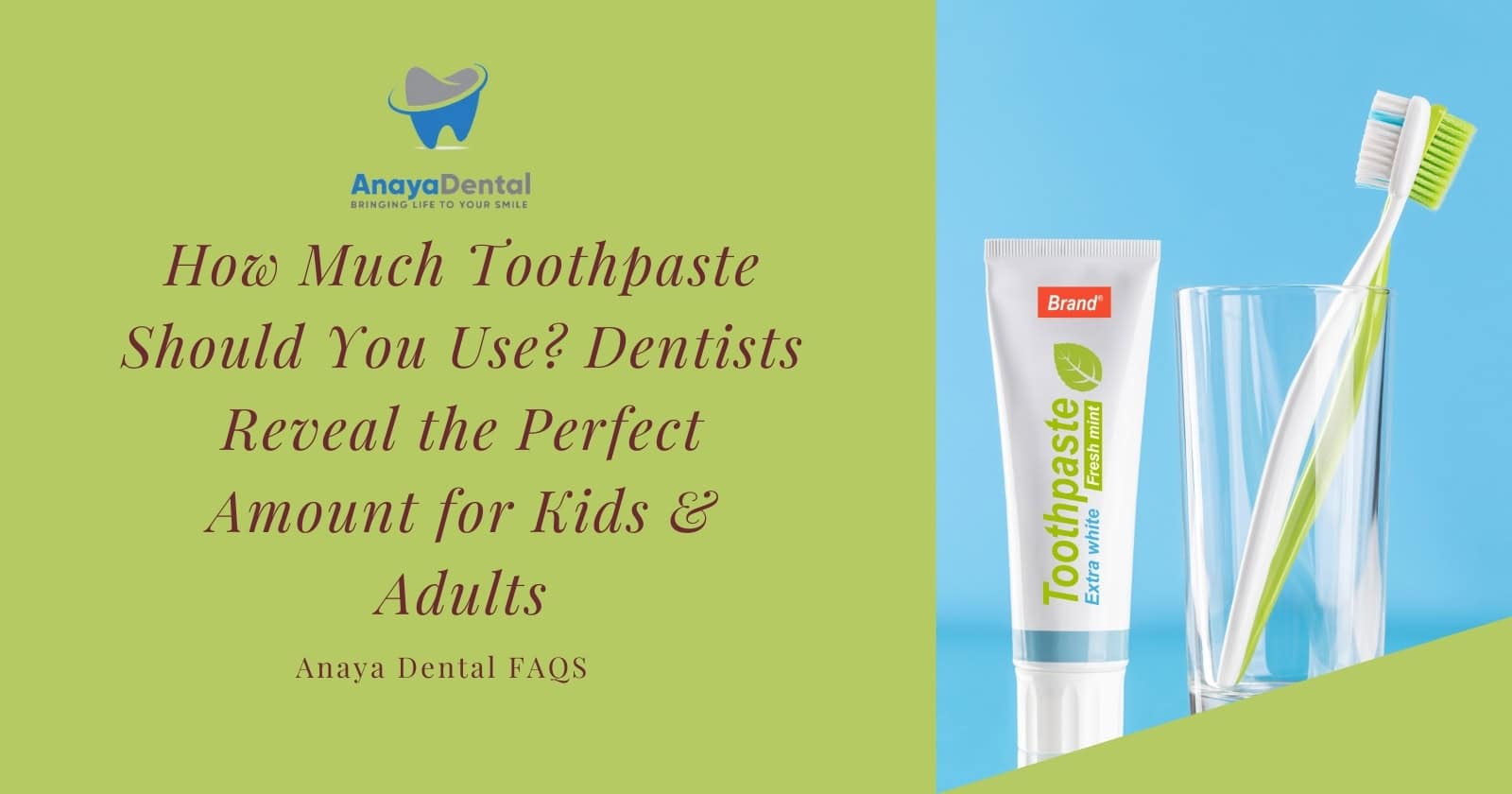Dental Bonding: The Complete Guide to Costs, Procedure & Benefits
Dental bonding is a versatile, affordable cosmetic dental procedure that can transform your smile in just one visit. This non-invasive treatment uses a tooth-colored resin material to repair damaged, discolored, or misshapen teeth, providing immediate aesthetic improvements without the need for more extensive procedures. This comprehensive guide covers everything you need to know about dental bonding, from costs and procedures to aftercare and alternatives.
Dental Bonding Cost Calculator
What is Dental Bonding?
Dental bonding (also called tooth bonding or composite bonding) is a cosmetic dental procedure where a dentist applies a tooth-colored composite resin material to one or more teeth and then hardens it with a special light. The material bonds to the tooth, improving its appearance or repairing damage.
Common Uses for Dental Bonding
Dental bonding is used to address a variety of cosmetic and structural dental issues:
Try Our Dental Calculators
- Repair chipped or cracked teeth
- Close small gaps between teeth
- Make teeth look longer or change their shape
- Cover discoloration or stains
- Protect exposed tooth roots due to receding gums
- Alternative to amalgam fillings
- Minor bite adjustments
Dental Bonding Costs
The cost of dental bonding varies based on several factors:
Average Cost Range
- Per tooth: $300-$600 for simple procedures
- More complex cases: $500-$800 per tooth
- Multiple teeth: Often discounted for volume
Factors Affecting Dental Bonding Costs
- Complexity of the procedure
- Simple chips or small gaps cost less
- Significant reshaping or extensive repairs cost more
- Number of teeth
- Most dentists offer discounts for multiple teeth
- Volume discounts typically range from 5-20%
- Tooth location
- Front teeth (incisors) are generally less expensive
- Canines and premolars may cost more due to positioning
- Geographic location
- Metropolitan areas have higher average costs
- Rural areas typically have lower costs
- Dentist’s experience and expertise
- Highly experienced cosmetic dentists may charge more
- Specialists vs. general dentists
- Additional procedures needed
- Dental exams or x-rays
- Professional cleanings
- Any preparatory work
Insurance Coverage for Dental Bonding
Insurance coverage for dental bonding depends on whether the procedure is considered cosmetic or medically necessary:
- Cosmetic purposes only: Usually not covered by insurance
- Structural repair (chips, cracks): Partial coverage (typically 50-80%)
- Fillings for cavities: Often covered at higher rates (80%)
Most dental insurance plans have:
- Annual maximums ($1,000-$1,500)
- Waiting periods for certain procedures
- Limitations on pre-existing conditions
Always check with your insurance provider before proceeding with treatment, as coverage policies vary significantly.
The Dental Bonding Procedure
One of the main advantages of dental bonding is that it can typically be completed in a single office visit, unless multiple teeth are being treated. The process is straightforward:
1. Preparation
- Little to no preparation is needed
- Anesthesia usually not required unless bonding is filling a cavity
- Your dentist will use a shade guide to select the composite resin color that matches your natural teeth
2. Tooth Surface Preparation
- The surface of the tooth is roughened slightly
- A conditioning liquid is applied to help the bonding material adhere
3. Resin Application
- The tooth-colored, putty-like resin is applied to the tooth
- The material is molded and smoothed to the desired shape
4. Curing (Hardening)
- The material is hardened using a special ultraviolet light or laser
- This typically takes only a few minutes per tooth
5. Finishing Touches
- After the material hardens, your dentist further trims and shapes it
- The surface is polished until it matches the shine of the rest of the tooth
The entire procedure typically takes 30-60 minutes per tooth.
Advantages of Dental Bonding
Dental bonding offers several advantages over other cosmetic dental procedures:
- Cost-effective: Less expensive than veneers or crowns
- Quick: Usually completed in a single visit
- Minimally invasive: Preserves more natural tooth structure
- No anesthesia: Usually not required unless filling a cavity
- Versatility: Addresses multiple aesthetic concerns
- Reversible: Can be removed without permanent alteration to teeth
- Easy repair: If damaged, bonding can be easily fixed
Limitations of Dental Bonding
While dental bonding is an excellent option for many people, it does have some limitations:
- Durability: Not as long-lasting as veneers or crowns (3-10 years)
- Stain resistance: More prone to staining than porcelain restorations
- Strength: Not as strong as other restorative materials
- Limited correction: Best for minor cosmetic issues rather than major changes
- Maintenance: May require touch-ups or replacement more frequently
Caring for Bonded Teeth
To maintain your dental bonding and extend its lifespan:
Daily Care
- Brush twice daily with a non-abrasive toothpaste
- Floss daily to prevent decay around bonding edges
- Rinse with antimicrobial mouthwash to reduce bacteria
Habits to Avoid
- Don’t bite fingernails, pens, ice, or hard candy
- Limit coffee, tea, red wine, and tobacco to prevent staining
- Avoid teeth whitening products, which don’t work on bonding material
- Don’t use your teeth as tools to open packages
Regular Dental Visits
- Professional cleanings every 6 months
- Check-ups to inspect bonding for wear or damage
- Professional polishing to remove surface stains
How Long Does Dental Bonding Last?
The lifespan of dental bonding depends on several factors:
- Average duration: 3-10 years
- Location in mouth: Bonding on front teeth may wear faster
- Oral habits: Grinding, clenching, or biting hard objects reduces longevity
- Maintenance: Good oral hygiene and regular dental visits extend lifespan
- Material used: Higher quality composites may last longer
When to Replace or Repair Dental Bonding
Signs that your dental bonding needs attention include:
- Visible chips or cracks
- Roughness that can’t be smoothed with brushing
- Noticeable discoloration or staining
- Sharp edges that irritate your tongue or cheeks
- Gaps forming between the bonding and your natural tooth
Dental Bonding vs. Alternative Treatments
How dental bonding compares to other cosmetic dental options:
Dental Bonding vs. Veneers
| Factor | Dental Bonding | Veneers |
|---|---|---|
| Cost | $300-$600 per tooth | $800-$2,500 per tooth |
| Procedure time | Single visit (30-60 minutes) | 2+ visits (requires lab fabrication) |
| Tooth preparation | Minimal to none | Requires removal of tooth enamel |
| Durability | 3-10 years | 10-20 years |
| Stain resistance | Moderate (stains over time) | Excellent (highly stain-resistant) |
| Repairability | Easily repaired | Typically requires replacement |
| Best for | Minor cosmetic issues, limited budget | More significant cosmetic changes, long-term solution |
Dental Bonding vs. Crowns
| Factor | Dental Bonding | Crowns |
|---|---|---|
| Cost | $300-$600 per tooth | $800-$1,500+ per tooth |
| Tooth preservation | Preserves most natural tooth | Requires significant tooth reduction |
| Strength | Moderate | Very strong |
| Procedure time | Single visit | Typically 2 visits |
| Best for | Cosmetic repairs, small structural issues | Severely damaged teeth, major structural repairs |
Is Dental Bonding Right for You?
Dental bonding may be right for you if:
- You have minor cosmetic concerns (chips, gaps, discoloration)
- You’re looking for an affordable smile improvement
- You want a procedure with immediate results
- You prefer minimally invasive treatments
- You’re not ready to commit to permanent options like veneers
It may not be ideal if:
- You have extensive damage requiring structural support
- You’re looking for a very long-term solution
- You have severely discolored teeth that need major color change
- You grind or clench your teeth excessively
- You smoke or consume a lot of staining foods/drinks
Conclusion
Dental bonding is an affordable, versatile, and minimally invasive option for improving your smile. While it may not last as long as other cosmetic dental procedures, its combination of affordability, convenience, and natural-looking results makes it an excellent choice for many patients.
Use our dental bonding calculator to estimate the cost for your specific situation, and consult with your dentist to determine if bonding is the right solution for your dental needs. Remember that while cost is an important consideration, the skill and experience of your dentist are crucial factors in achieving the best aesthetic results with dental bonding.


